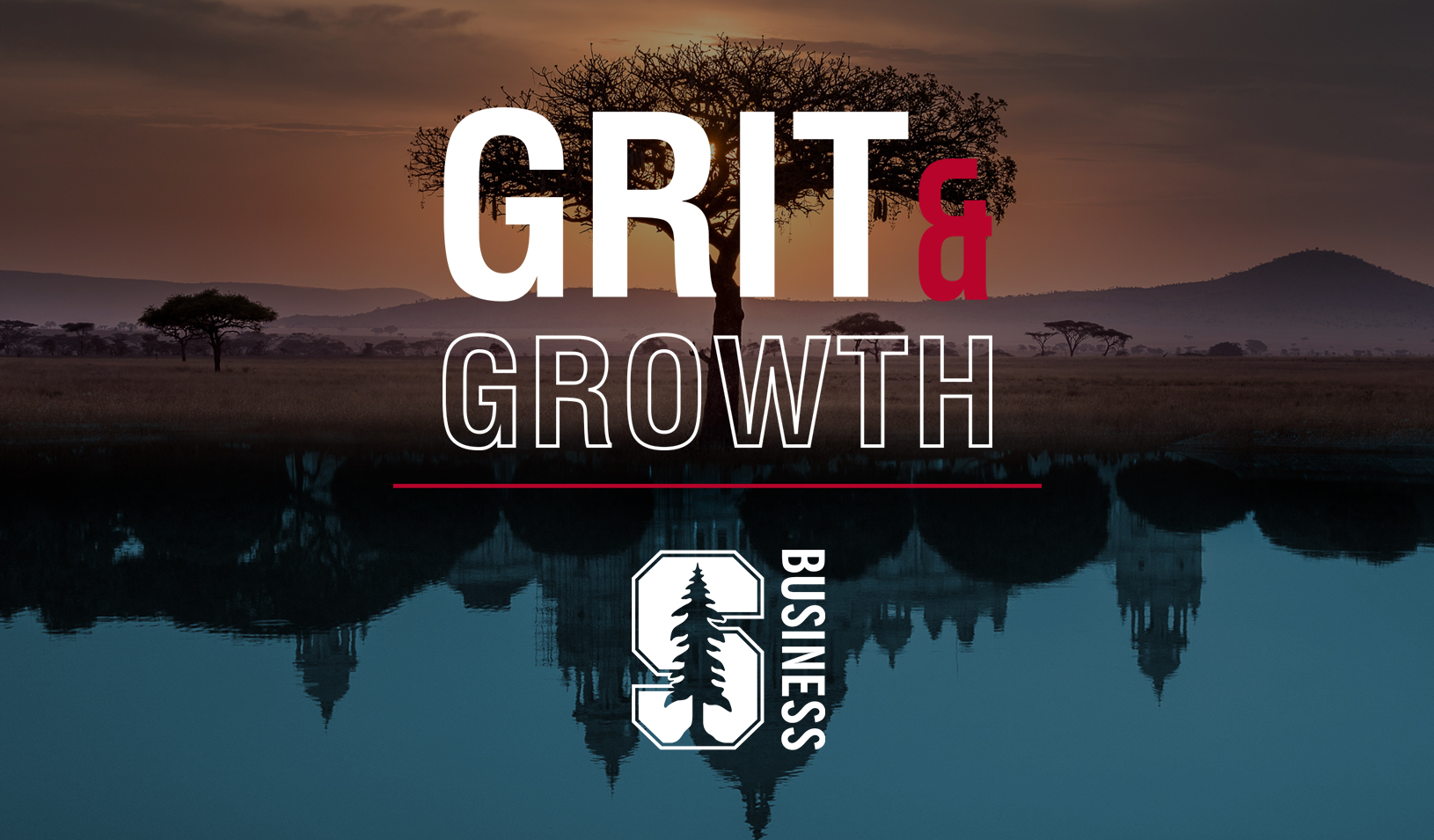Cultural Lenses Change Business Focus
How can firms understand and appreciate the cultural background of employees, partners, and customers without overemphasizing or stereotyping it?
June 01, 2001
Multinational firms today value cultural diversity. To understand business partners and customers in other cultures, firms hire diverse managers who see the world through the lens of their respective cultures. While this appreciation of culture has been a comparative advantage for many companies, other firms have made costly mistakes with diversity programs by overemphasizing the cultural backgrounds of employees, partners, or customers. Culturally targeted employee programs or ad campaigns can offend their intended beneficiaries by conveying a stereotypic view that individuals are mere reflections of their culture-that individuals can never see beyond their cultural lenses.
So how can firms understand and appreciate culture without overemphasizing or stereotyping it? Six years of research conducted by Business School faculty member Michael Morris sheds new light on this question and uncovers how traditional ways of studying cultural influence have led to misconceptions among management and marketing researchers.
Researchers have traditionally assumed that individuals internalize culture in the form of basic personality traits or value orientations. “Those who take this approach assume the ‘lens of culture’ is like a permanent contact lens, implanted in your eyes in childhood, which then continually and pervasively affects what you see,” says Morris, who is an associate professor of organizational behavior and a leading researcher in psychology.
In contrast, Morris’s approach, rooted in cognitive and social psychology, emphasizes the dynamic nature of when culture switches on and when it stays off. His model of culture as knowledge assumes that an individual’s cultural lenses are “more like sunglasses-tools that you carry around with you but which shape your perceptions only when they are put into use.” Yet, this does not imply that individuals can deliberately control the influence of their culture as coolly as they might slip on some shades. “Cultural knowledge structures automatically activate under certain conditions to filter the information from the world that the individual processes,” says Morris. “They act more like those sunglasses that automatically darken when you walk into the sunlight.”
This begs the question, what causes one’s cultural lenses to kick in? Morris and his research colleagues, many of them in Hong Kong, set out to address this question through experiments on perception, decision-making, and conflict resolution at the Business School’s Behavioral Research Laboratory and at parallel facilities abroad. Results, consistent with what psychologists have long known, showed that when people are busy, pressured for time, or otherwise distracted, they rely on prior knowledge to filter out details of a problem. Morris found that under these conditions, cultural differences were magnified: When solving managerial problems, U.S. participants tended to emphasize priorities of individuals, while Hong Kong participants tended to emphasize priorities of groups.
Another cultural trigger was uncovered in studies Morris conducted with Business School marketing professor Itamar Simonson and Donnel Briley (PhD ‘97) now assistant professor at Hong Kong University of Science and Technology. These studies found that when decision makers are required to articulate a defense for their decisions, their choices differ by culture. Detailed analyses of the reasons provided revealed that the need to give reasons triggered knowledge about appropriate rules for decision-making, and this cultural knowledge then shaped the choices made.
In recent studies with Business School researcher Ho-ying Fu, Morris has studied a more intriguing triggering condition. Cultural knowledge is more likely to be activated in an individual’s mind when it has been “primed” by recent reminders of one’s culture. Priming is at work “when an American manager living abroad sees a John Wayne movie, and then, without intending to, thinks about the next problem he encounters in more American terms,” Morris says.
At the negotiation table, the notion of priming has enormous implications: Differing outcomes in negotiations can be engineered by setting the right atmosphere, since the environment determines which cultural “script” for negotiation will shape the outcome. For instance, Japanese scripts allow for more ambiguity in the settlement of a deal, so “if you’re an American firm exploring a joint venture with a Japanese firm, and you prefer a relatively ambiguous contract, then you should meet your counterparts in a Japanese setting, which will trigger Japanese scripts,” Morris says.
While the psychology of priming reveals that people can be manipulated through their culture, it also reveals how they retain some control over the influence of culture. “People engage in active self-priming all the time,” Morris says. Expatriates surround themselves with reminders of their homeland-cuisine, music, pictures, movies-so as not to forget their distinctive cultural feelings and habits.
Morris’s approach to cultural knowledge structures also explains how individuals can be bicultural, having internalized two cultures without simply blending them. In other studies, Morris found that bicultural individuals switch between cultural lenses, depending on which cultural knowledge system has been primed by their environment. Research participants selected for having been raised in both American and Chinese cultures were exposed to iconic cultural images (e.g., buildings, flags, symbols) and then given managerial problems. They exhibited more American or Chinese response patterns as a function of the priming condition.
Although people cannot control the cognitive process through which their cultural lens becomes activated, they can control the conditions that ultimately determine whether culture will kick in. By understanding these dynamics, firms can more effectively respond to cultural differences in their customers, employees, and competitors.
For media inquiries, visit the Newsroom.
Explore More

What Makes Some Words More Memorable Than Others?

How to “Think Faster and Talk Smarter”: a Masterclass with Matt Abrahams



